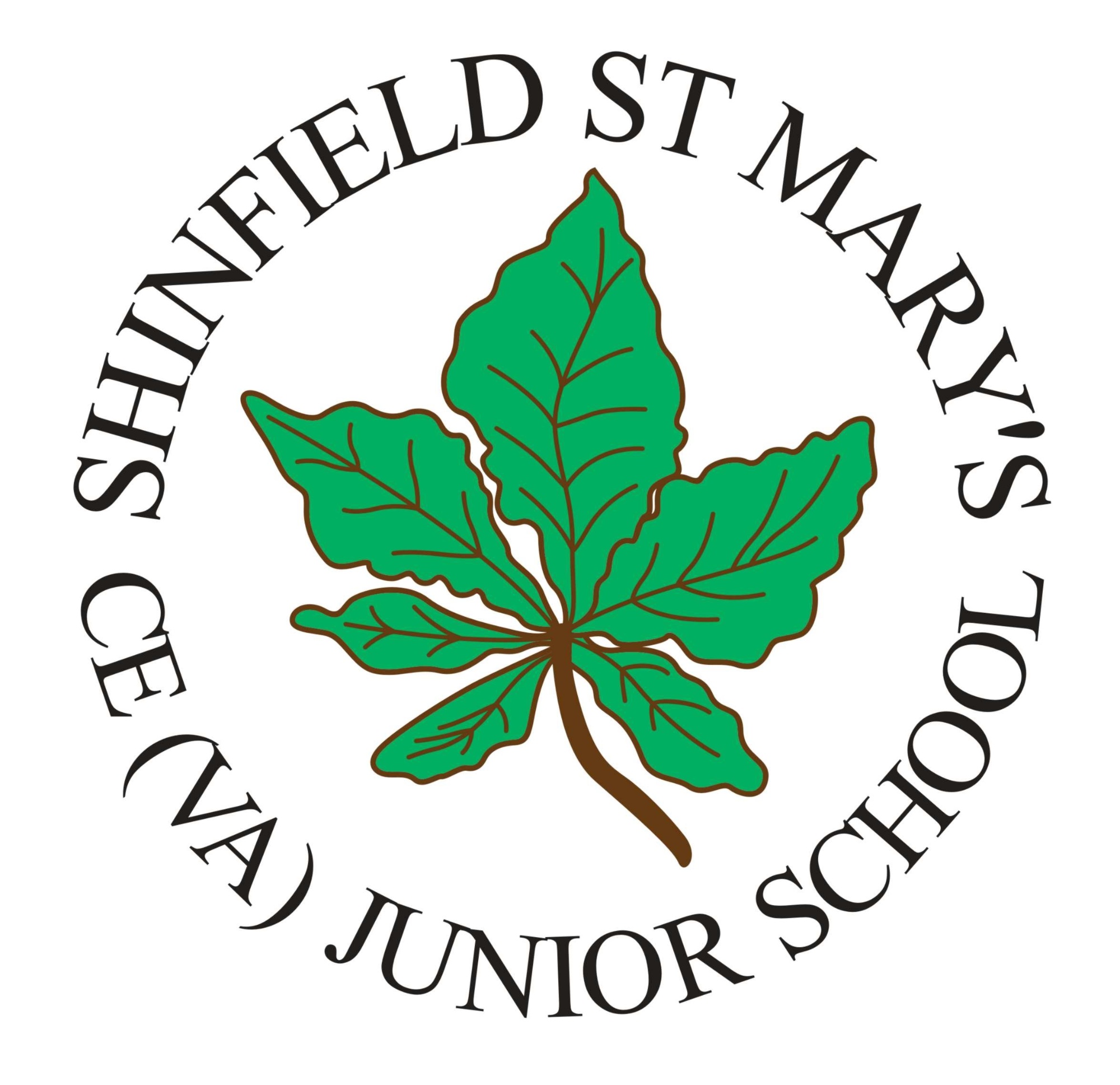2. Implementation
At Shinfield Juniors, we follow the White Rose mastery approach to teaching mathematics and use the White Rose Maths ‘National Curriculum and Ready to Progress' mapping document as a basis for our curriculum, as this clearly identifies the progression across the school, how the White Rose Maths curriculum links to the Key Stage 1 and 2 National Curriculum, and the NCETM ‘ready to progress’ criteria. In each of the major topic areas: number, measurement, geometry and statistics, the curriculum has been broken down into key areas. For each of these areas, the NC objectives that are covered in that year are identified, together with the term and block in which that objective is first met. Mathematical concepts and skills are broken up across the different year groups, and we use the White Rose addition and subtraction and multiplication and division calculation policies to ensure that a consistent approach to calculations is used. Across the school, the following are used consistently:
- TTRS (Times Table Rock Stars) is used as a systematic approach to teaching times tables. As this is a fundamental part of mathematical fluency, this program is designed to equip pupils with the ability to rapidly recall times tables and their associated division facts.
- White Rose Maths Flashback 4 PowerPoints are used at the start of every day. The four questions are carefully designed to systematically revisit prior learning with a question from: last lesson, last week, last term and last year.
- What is a mathematician? Posters are displayed in every classroom and referred to within lessons. Created in collaboration with pupils, the following were identified as being key to becoming a mathematician:
- -asking questions
- -explaining to others
- -sharing ideas
- -spotting patterns
- -learning facts
- -helping others
- -being flexible
- -being resilient
- -taking risks
- -learning from mistakes
- -finding the best method for the problem
Quality first teaching featuring the following:
- Concrete resources, manipulatives, models and images are used to support understanding for all children.
- Based on Rosenshine’s Principles, the curriculum is taught in small steps, with independent practice after each step. Independent practice is the same for all children (except SEND children who will have an adapted curriculum when necessary). During the independent practice, some children may require additional adult support or scaffolding through questioning and resources.
- High-quality and appropriately challenging questioning is used to drill down to check understanding.
- Stem sentences are used to support oral rehearsal by enabling pupils to communicate their ideas and structure their answers using accurate mathematical vocabulary with mathematical precision and clarity.
- Use of worked examples allows children the opportunity to explain the steps of problems that have already been solved. This strategy reduces working memory load, so learners can focus on understanding the meaning behind the steps involved in problem-solving.
- A variety of fluency, reasoning and problem-solving questions are used in every lesson. Pupils who grasp concepts rapidly should be challenged through being offered rich and sophisticated problems designed to challenge and deepen mathematical understanding.
- Mini-whiteboards are an AfL strategy used to help teachers quickly identify and alleviate misconceptions.
The following interventions are used for pupils who need additional support mastering mathematics:
- ‘Numberstacks’ intervention, which is based on the NCETM ready to progress criteria, is used to plug any gaps that children have; these have often formed through lost school time due to the pandemic.
- As needed, children receive immediate intervention in the afternoons linked to the morning’s maths lesson.
- Numbots is used to provide additional fluency practice.
Children are assessed in the following ways:
Summative
- In Year 3, KS1 SATs papers are administered in September to get a baseline, then NFER tests are used at the end of each term, as they are in Years 4 and 5. In Year 6, previous SATs papers are used in the same way.
- At the end of each unit, White Rose end of unit tests are used across the school.
- FFT Aspire pupil tracking, assessment tracker is used to record and analyse these results.
- Year 4 pupils are assessed using the times table check during the Summer Term.
- Year 6 pupils sit the KS2 mathematics SATs papers in May.
Formative
- Using AfL strategies, pupil books/Jamboards, discussion with pupils and teacher judgement within lessons, teachers assess pupils against NC objectives.
- FFT Aspire pupil tracking curriculum tracker is used to record these judgements against National Curriculum objectives at the end of each unit.
The maths leads have completed the first year of the NCETM Mobius Maths Hub, ‘Teaching for Mastery Readiness’ program and have just started the second year ‘TfM Development’. Following this, both the maths leads and the leader of the program delivered CPD to colleagues through staff meetings.

